What Problems Do RFID Warehouse Solutions Actually Solve?
315Discover how RFID warehouse solutions slash errors and boost efficiency. Learn setup steps, real-world benefits, and Cykeo’s implementation best practices.
MoreAll RFID Product
Whether it’s a residential community, an industrial park, or a large commercial parking lot, the demand for better access control is growing every year. People want safety, efficiency, and less dependency on manpower. In this context, the rfid barrier gate has quietly become a central piece of many projects. On the surface, it may look like just a bar that goes up and down, but the real value goes much deeper.
At first glance, an rfid barrier gate is just about recognizing vehicles with RFID tags. But every step of the process matters. When a vehicle approaches, the reader captures the RFID signal from the tag placed on the windshield or license plate, and sends it to the backend system. If the data matches the authorized list, the controller triggers a signal and the barrier arm rises automatically. The whole process is so fast that drivers barely notice a delay.
More importantly, the rfid barrier gate doesn’t work alone. It integrates with license plate recognition, ground loops, CCTV, traffic lights, and even payment platforms. This means it goes beyond simple “access granted or denied” — it becomes the central hub of entry management. For example, it can stop tailgating vehicles, or give emergency vehicles immediate priority during critical moments.
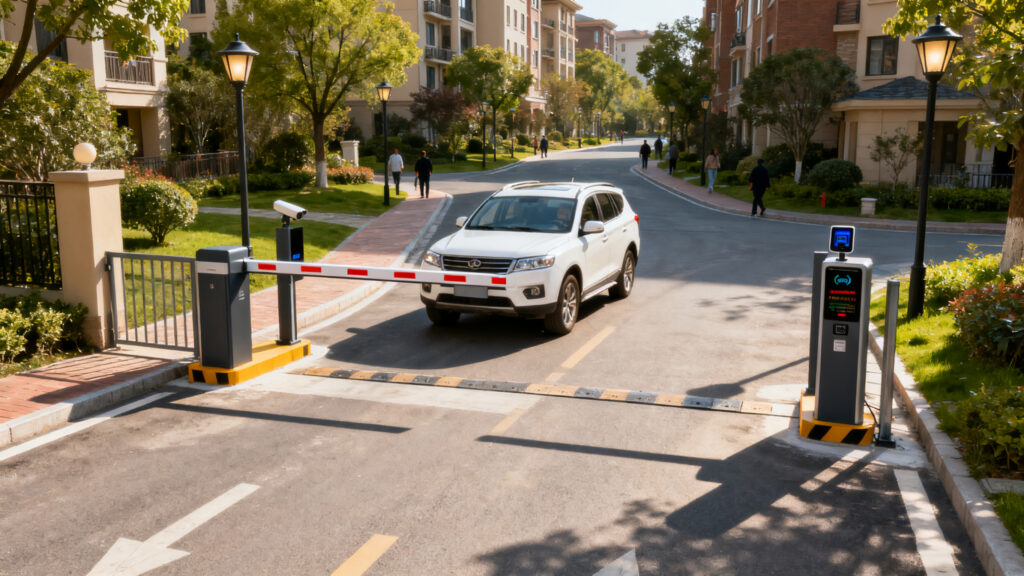
For residential areas, the first impact is felt in everyday convenience. Residents no longer need to stop and swipe a card or search for a lost remote control. With RFID tags, the barrier opens automatically as the car approaches.
On the management side, every entry and exit is recorded with precise timestamps. This invisible layer of security makes it harder for unknown vehicles to sneak in, while giving residents peace of mind.
Factories and industrial parks require a more complex setup. Employee cars, visitor cars, and trucks all need different handling rules. Here, the rfid barrier gate plays a much larger role — it’s not just about letting vehicles in, it’s part of the operational workflow.
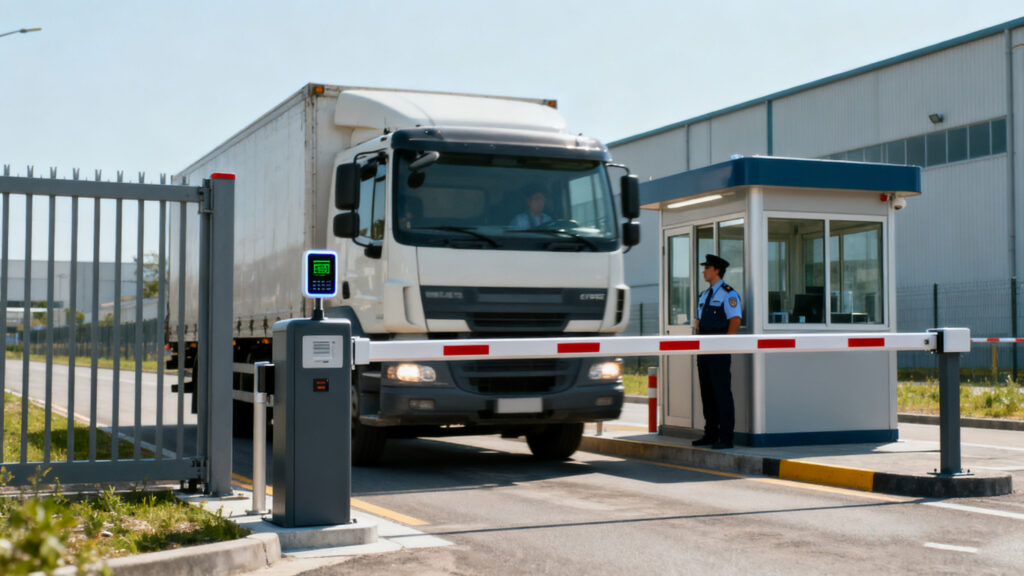
For instance, employees with long-term RFID tags can enter freely; visitors may need pre-registration; trucks often connect with warehouse or weighbridge systems, and even logistics scheduling platforms. Without rfid barrier gates doing the initial vehicle identification, the rest of the chain wouldn’t flow properly.
In places like shopping malls, hospitals, and airports, the rfid barrier gate is often tied to revenue. As soon as a car enters, the system starts timing. When leaving, the driver completes payment and the barrier lifts automatically.
With digital payments and top-up options, the entire process can be almost fully automated, reducing wait times and improving customer satisfaction. At the same time, higher turnover rates and smoother operation translate directly into better business performance.
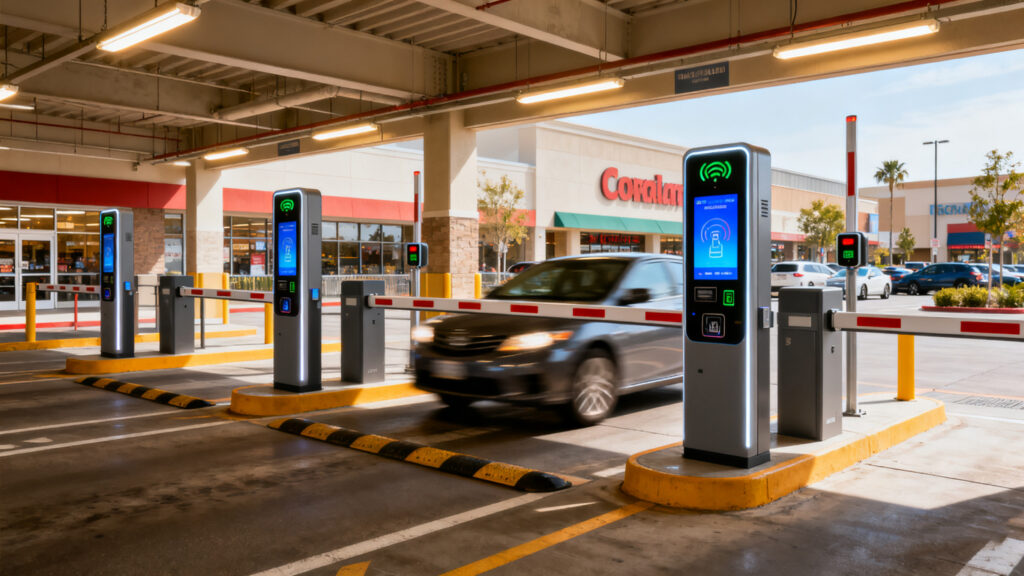
While speed is important, safety details are what really prove the system’s quality. A well-designed rfid barrier gate usually includes anti-tailgating features, infrared or pressure sensors to avoid hitting vehicles or pedestrians, and breakaway mechanisms in the arm so the system won’t collapse if struck by a car.
In high-standard projects, there are even special RFID tags or remote controls for emergency vehicles, ensuring ambulances or fire trucks can pass without delay. These details may seem small, but they make a huge difference when it matters most.
For system integrators, the main question isn’t just “does it open or not?” The real concerns are:
These factors determine whether a project remains sustainable in the long run. A flexible, integration-friendly rfid barrier gate is far more valuable than a stand-alone solution.
Looking at the bigger picture, the rfid barrier gate has already evolved from a simple mechanical device into an open integration platform. Today, it can connect with IoT systems, mobile apps for remote authorization, or even AI analytics for vehicle behavior.
In residential communities, it brings convenience and safety. In factories, it enforces process discipline. In parking lots, it improves efficiency and profitability. For integrators, it’s not just about selling a piece of hardware — it’s about building the entry point that ties together the entire access control and security system.
In short, the rfid barrier gate is much more than a rising arm. It’s hardware and software, convenience and security, operations and integration. As applications continue to expand, it’s moving from a simple gatekeeper to the central nervous system of smart access management.
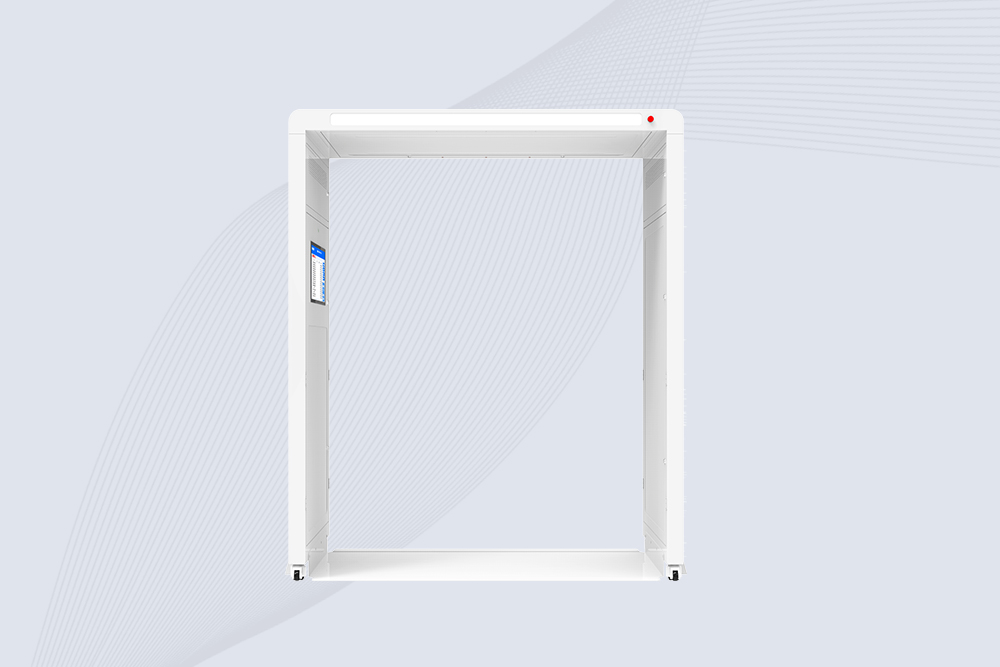
Cykeo CK-T8D RFID gate access control system features 4-antenna 99.98% accuracy, ISO 18000-6C compliance, and real-time theft prevention for libraries/warehouses. Supports Windows/Android OS.
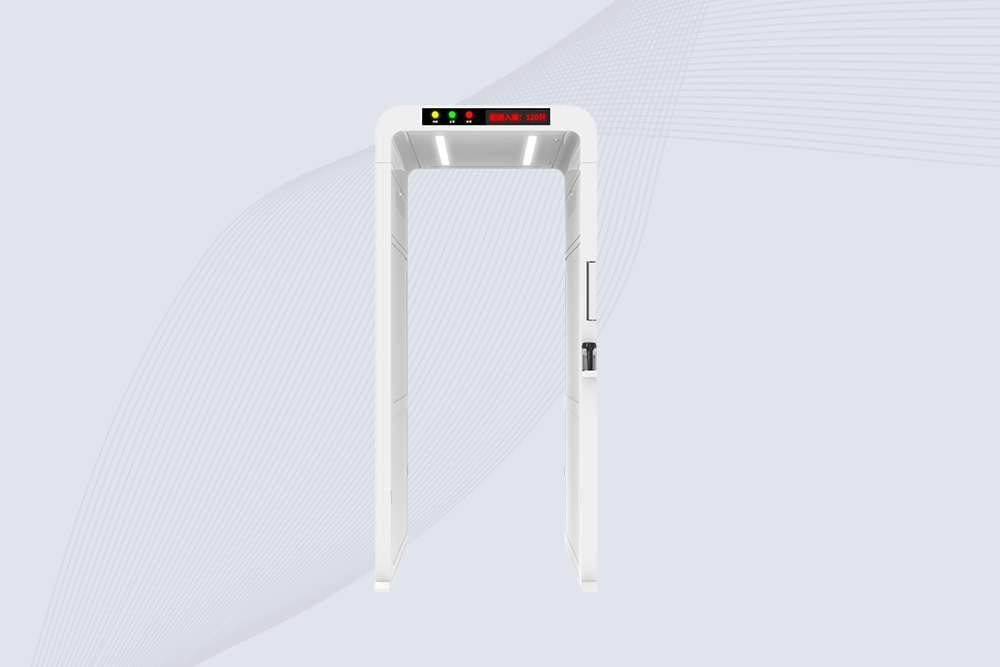
Cykeo CK-T8C RFID gate opener delivers 200+ tags/sec scanning, ISO 18000-6C compliance, and facial recognition for logistics/secure facilities. Supports Windows/Android OS.
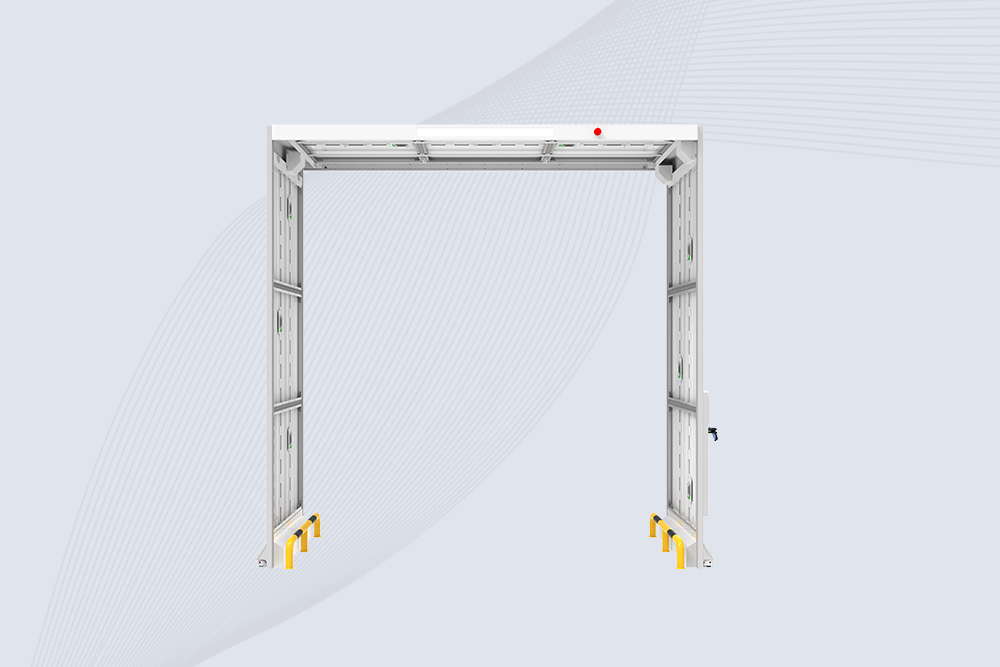
Cykeo CK-T8F RFID gate entry systems deliver 200+ tags/sec scanning, EPC C1G2 compliance, and EAS alarms for warehouse/production gates. Supports Windows/Android OS.
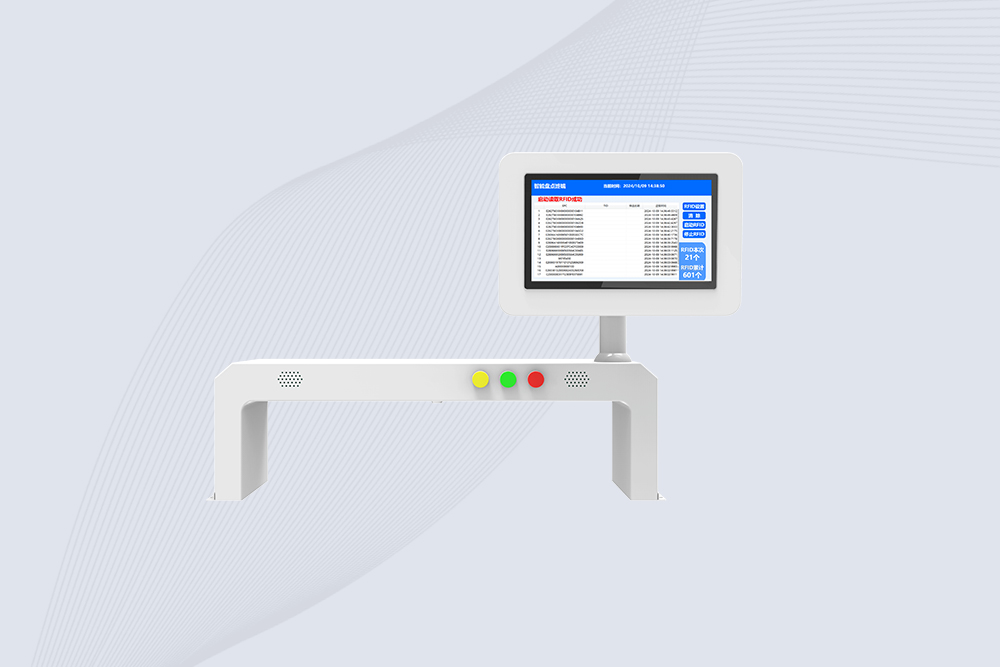
Cykeo CK-T8A rfid gate access control system features IP68 enclosure, 400 tags/sec scanning, and 6-antenna array for warehouse/manufacturing security.
Discover how RFID warehouse solutions slash errors and boost efficiency. Learn setup steps, real-world benefits, and Cykeo’s implementation best practices.
MoreStruggling with RFID reads on metal? Learn how to pair UHF readers with anti-metal antennas, fix signal issues, and test your setup in 4 practical steps.
MoreThis article explains how to properly install RFID stickers on various surfaces such as metal, plastic, and glass. Learn key installation techniques and common mistakes to ensure a stable and efficient RFID identification system.
MoreHow RFID Tags Work, Choosing the Right RFID Tag Guide
More